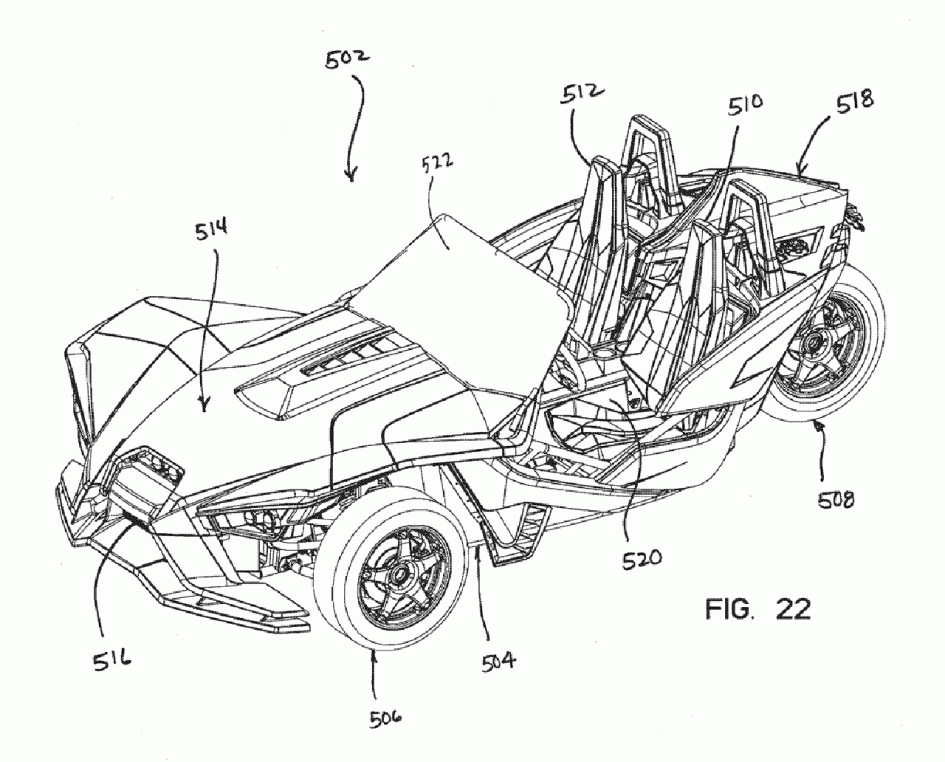NEWS
How many designs should my application have?
12.06.2014
With the exception of inventions involving chemical compounds, or which are not visually captured, every patent application should be accompanied by drawings. These drawings are not only informative in explaining the invention, but are often a necessary condition at different stages of the application for the grant of a D.I.

– Okay, so how many plans do I need to make?
At least one drawing, or a design illustration, of the invention must be included in the application. Professionals in the field, as well as inventors, nevertheless know that many times a simple plan is not even the slightest bit enough. In fact many patent applications include several sheets of drawings, each of which illustratively illustrates either different aspects of the invention, its uses, its individual components, or even how they all work. A general rule would be that the drawings should depict all views (plan, front, back, side views) of the invention, as well as the elements that make it up.
– Should the plans be detailed?
For the greatest possible protection, as well as to allow anyone who reads the technical description to understand more fully what it is referring to, the drawings of a patent should be as detailed as possible. Certainly the basis of a patent is the technical description and the claims, but the drawings contribute even more to its effective protection. It is certain that the initial plans will be more sketchy, with notes or changes, but when the time comes for filing it is good to consult a professional in the field to inform him about the formal and essential requirements of the OB .I. or the European Patent Office.
– So should I contact a specialist?
Surely no one knows exactly what an inventor has in mind except himself. That is why it is better either to ask the help of the expert to whom he will turn for the writing of the technical description, or to turn himself to a designer in order to discuss and explain in detail what he has in mind. The cost of a professional designer is relatively low, but definitely worth it. An experienced, professional "eye" will definitely be able to recognize where to focus, how to depict everything and where to pay the most attention.
Transforming an idea from thought to reality can seem particularly complicated, but the advice of professionals during the various stages can "smooth" the way. The inventor undoubtedly knows the subject matter better than anyone, but professionals in the field can make a significant contribution to the effective protection of an invention.


